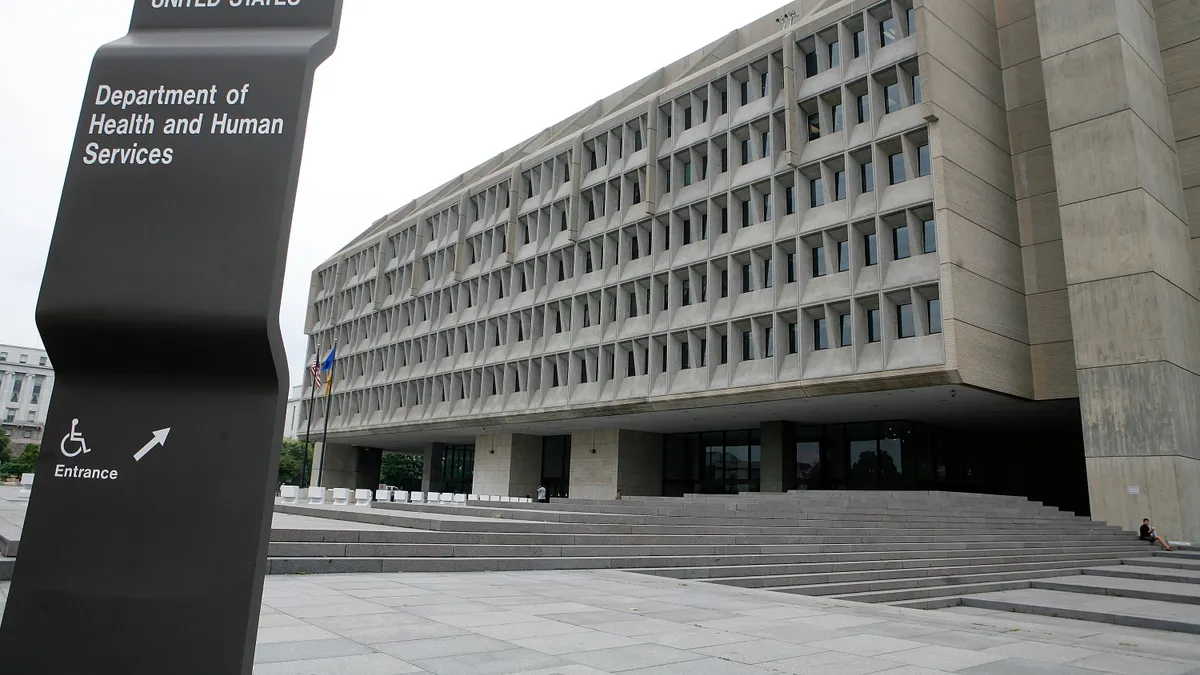Dive Brief:
- A University of Pennsylvania study that tracked Medicare claims for about 1.35 million beneficiaries who had joint replacement surgery found that hospitals participating in bundled payment programs spent less on the hip and knee joint procedures than hospitals receiving traditional fee-for-service payments.
- Spending, however, did not differ between hospitals that voluntarily joined bundling programs and those whose involvement was mandatory, according to the findings, which were published in a JAMA research letter. The results failed to validate assumptions that voluntary participants tend to achieve greater savings because they choose programs for the opportunity to reduce spending.
- The findings come as the head of the Center for Medicare and Medicaid Innovation, Elizabeth Fowler, suggested the agency would look to shift away from voluntary arrangements in favor of more mandatory models.
Dive Insight:
Medicare launched the voluntary Bundled Payments for Care Improvement program covering hip and knee replacements in 2013 with the aim of lowering costs for the pricey procedures. Providers are paid for an episode of care, rather than per individual service, creating financial incentive for greater coordination among a system's practitioners and, hopefully, better care for patients.
But the effectiveness of bundled payment programs in reducing costs and improving care has been difficult to assess because healthcare providers that volunteer to participate tend to stay when they are successful and drop out when the financial risks appear too great.
A 2018 study published in JAMA Cardiology showed that participation in the voluntary initiative for bundled payments covering several common cardiovascular conditions was more likely among larger, non-safety-net hospitals with access to cardiac catheterization laboratories.
The new JAMA study looked at bundled payments under the Comprehensive Care for Joint Replacement program. Medicare in 2016 assigned 75 metropolitan statistical areas to receive mandatory hip and knee joint replacement bundled payments, while hospitals in 121 areas continued to receive fee-for-service payments. The researchers examined outcomes for spending on institutional care including hospitalizations and 90-day post-discharge readmissions, skilled nursing, inpatient rehabilitation, and long-term acute care facility spending.
They found spending decreased among voluntary hospitals from $21,182 before bundled payments to $18,452 after bundled payments, and among mandatory hospitals decreased from $18,390 to $15,652. Hospitals in bundled payment programs saw lower spending for hip and knee replacements than hospitals that did not participate.
The study's results appear to offer support to CMMI's current thinking on the benefits of mandatory payment models. Fowler, who has been on the job just over three months, told a Health Affairs briefing earlier this month that voluntary models are subject to risk selection, and the agency is exploring use of more mandatory programs.
The agency, established a decade ago through the Affordable Care Act, is undergoing a strategic review, after few of its models resulted in cost savings or better quality of care.












